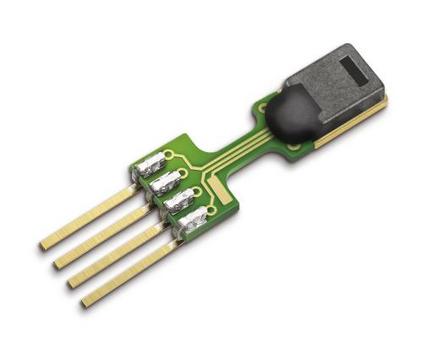Manic episodes of bipolar disorder can lead to uncritical behaviour and delusional psychosis, often with destructive consequences for those affected and their surroundings. Early detection and intervention of a manic episode are crucial to prevent escalation, hospital admission and premature death. However, people with bipolar disorder may not recognize that they are experiencing a manic episode and symptoms such as euphoria and increased productivity can also deter affected individuals from seeking help. This work proposes to perform user-independent, automatic mood-state detection based on actigraphy and electrodermal activity acquired from a wrist-worn device during mania and after recovery (euthymia). This paper proposes a new deep learning-based ensemble method leveraging long (20h) and short (5 minutes) time-intervals to discriminate between the mood-states. When tested on 47 bipolar patients, the proposed classification scheme achieves an average accuracy of 91.59% in euthymic/manic mood-state recognition.
翻译:早期发现和干预狂躁症对于防止病情升级、住院和过早死亡至关重要,然而,双极紊乱症患者可能不会认识到他们正在经历狂躁症发作和症状,如欢乐和生产率提高等,也能够阻止受影响的个人寻求帮助。 这项工作提议根据在麻风病期间和康复后(体操)从手腕手动装置中获得的行尸和电极活动进行依赖用户的自动情绪状态检测。 本文提出一种新的基于深层次学习的共聚物方法,利用长期(20小时)和短短(5分钟)的时间间隔来区分情绪状态。 在对47个双极病人进行测试时,拟议的分类计划在安乐病/情绪状态识别中平均达到91.59%的准确度。




